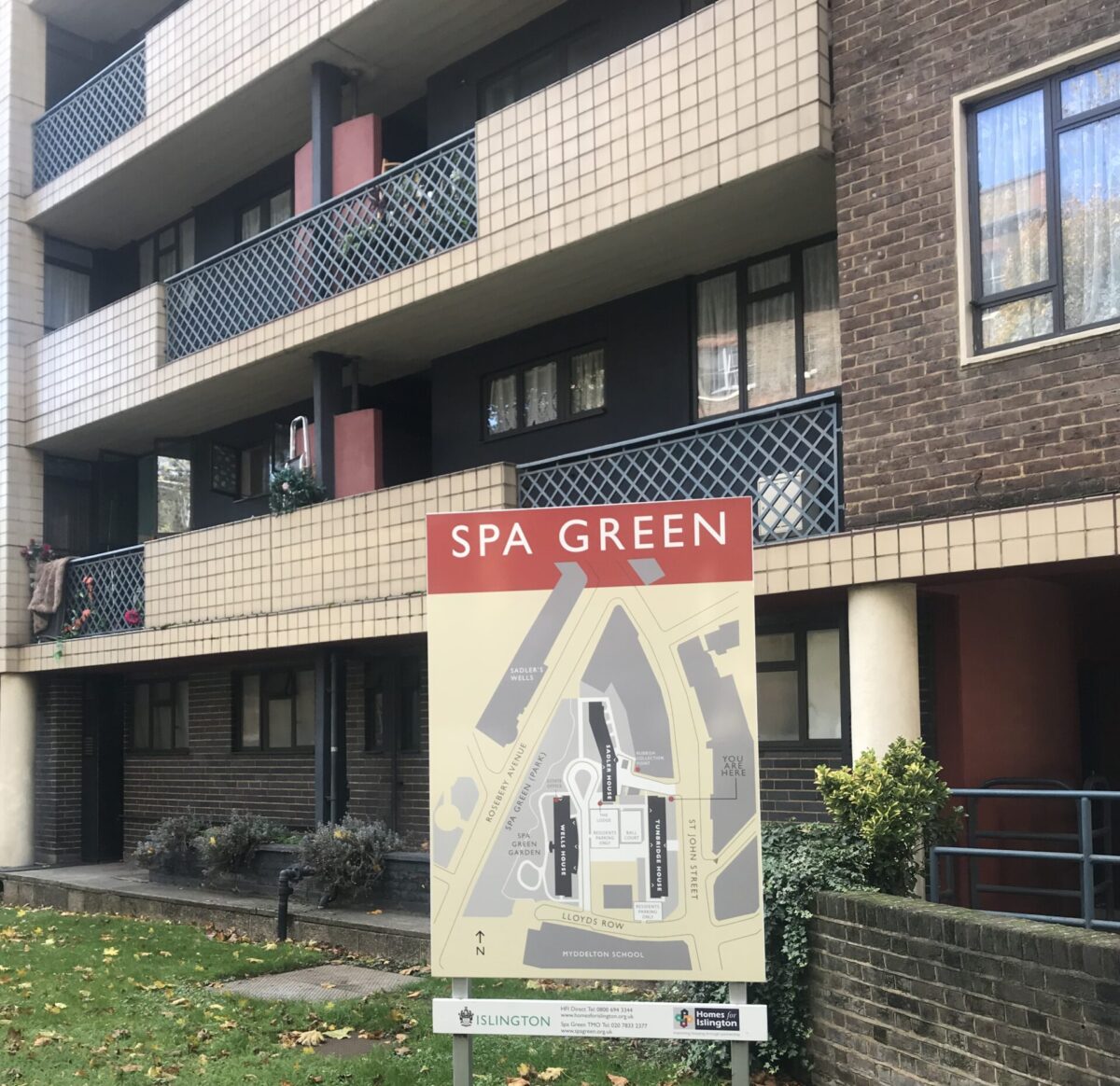Everyone knows that Clement Attlee’s 1945-1951 Labour Governments created the NHS, brought the coal mines and railways in to public ownership and gave India and Pakistan independence. But one of Attlee’s lesser celebrated achievements was building one million new homes at a time when building materials were in short supply and when the construction labour force was reduced to a third of its pre-war size.
From a slow start in 1945 -1947, new housing completions averaged around 200,000 a year for the next four years from 1948 -1951. By 1951, a total of 1,016,349 new homes were built, of which 806,857 were new Council houses. On top of that, 156,623 ‘prefabs’ were built, many of which provided decent and much-loved homes for many years to come. In addition, hundreds of thousands of existing homes were repaired and converted in the six years after the war.
Michael Foot rightly claims, “This achievement was no small one in the first years after the war when the country was also engaged in a big factory-building programme. It far surpassed anything achieved in Britain after 1918 or in most countries after 1945”.
However, despite the heroic efforts of Aneurin Bevan and his colleagues, more could have been achieved had Labour stuck to its Manifesto commitment and created a separate Ministry of Housing and Town Planning. Attlee gave Bevan the job of ‘slaying’ two of Beveridge’s ‘five giants’ – Squalor (caused by poor housing) and Disease (caused by inadequate health care provision). As Nick Thomas-Symonds argues:
“Having the same Cabinet minister responsible for both the creation of the NHS and housing the nation after the destruction of the Second World War was more than overload. It left Bevan to deal with the intricacies of both sides of his department when either half in itself would have been too much for a single minister.”
Should the housing building programme have been led by a ‘National Housing Corporation’, as Douglas Jay had recommended in the first few months of the Government, rather than by the local authorities, many of which had little experience of building new homes at scale.
Certainly, a national organisation with regional offices would have made planning, direction and control easier, but it could also have taken some time to establish. By harnessing the experience of the big city housing departments in London, Manchester, Birmingham, Leeds and Glasgow, which had been building new out-of-town estates for over a decade and more, Bevan was able to combine real expertise with local knowledge.
The downside was that outside the big cities, experience was strictly limited with many local councils simply unable to move quickly. Overall, perhaps a key factor in this debate is that, six years later, Harold Macmillan was able to build 300,000 houses a year based on the same local authority ‘delivery system’ established by Bevan.
Should Labour have been more pragmatic and built more homes at lower standards, as Macmillan did during the 1950s? The average new three-bedroom Council house increased in size, from 860 square feet in the pre-war period, to 1,026 square feet in 1946, to 1,055 square feet in 1949, falling back to 1,032 square feet in 1951 and down to 947 square feet in 1952.
By 1959, the average size of a three-bedroom Council house had fallen to 897 square feet. Bevan was surely correct to increase space standards, remaking famously in Margate on 22nd May 1947, “We shall be judged for a year or two by the number of houses we build. We shall be judged in ten years’ time by the type of houses we build”.
There is little doubt that the new, larger Council houses built in the years immediately following the Second World War were some of the best ever built and have stood the test of time. In 1950, the first four blocks completed on the Churchill Gardens estate in Pimlico won Festival of Britain Architectural Awards. It wasn’t just the architectural critics who praised the flats. In 1962, tenants in the ‘posh’ private flats in Dolphin Square next door opposed a rent rise arguing, that “many of the flats are not as nice as those put up by the Council in Churchill Gardens opposite”.
Other post-war estates were similarly feted. In 1998, English Heritage listed the Spa Green estate in Finsbury as Grade II*. The Survey of London describes the Spa Green Estate as ‘heroic’. Nikolaus Pevsner called it ‘the most innovative public housing’ of its time.
Perhaps where Labour’s lofty ambitions most obviously failed was in the goal to create new communities where the ‘spirit of companionship’ would flourish and “wartime sentiments of social solidarity and shared purpose could be maintained and strengthened in the post-war world”. Aneurin Bevan harked back to the time where “the doctor, the grocer, the butcher and the farm labourer all lived in the same street”.
Similarly, Lewis Silkin’s ambition that class distinctions would fade away in the New Towns was never achieved. He hoped that “different income groups living in the new towns will not be segregated” and that after attending a town centre event, “When they leave to go home I do not want to see the better-off people to go to the right and the less well-off to go to the left. I want them to ask each other, ‘Are you going my way?’”.
There can be no denying Labour’s fundamental achievement to meet the aspiration of very many working class families to live in high quality affordable housing – which the Conservatives followed with great success over the next 13 years. The lives of so many working class families – who had been ignored by every previous Government – were transformed for the better.
As the historian Kenneth Morgan so clearly concludes:
“The rehousing of several million people in new or renovated houses, at a time of extreme social and economic dislocation, was a considerable achievement. Housing, therefore, deserves its honoured role in the saga of Labour’s welfare state.”
His book, ‘Building the New Jerusalem: How Attlee’s Government Built 1 Million New Homes’, is available in paperback and Kindle https://www.amazon.co.uk/dp/B08N1H3PYL
All royalties will be donated to Foodbanks in Westminster.

